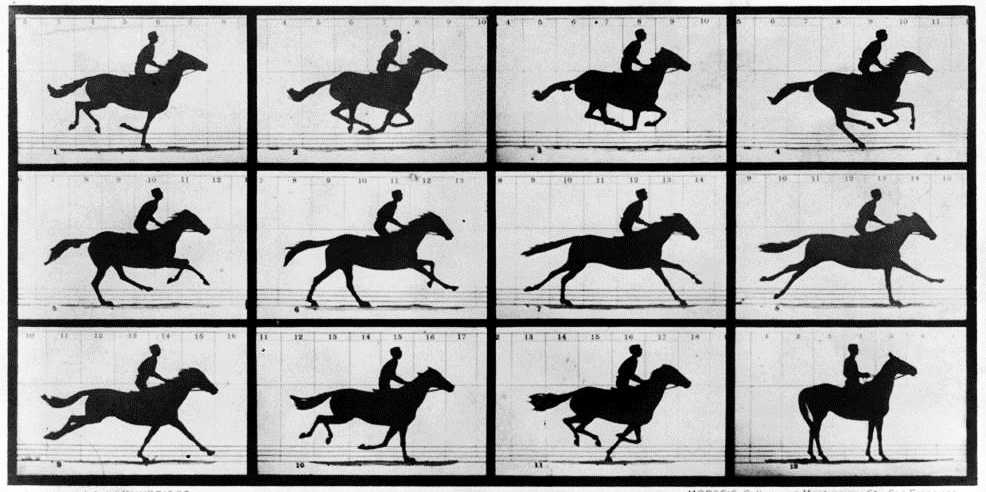An enzyme reaction in slow motion
For the first time, researchers from ETH Zurich have succeeded in analysing the interplay between enzymes and their cofactors at an unprecedented resolution, thereby providing fresh insights into how one of the most common cofactors in nature works.
For the first time, researchers from ETH Zurich have succeeded in analysing the interplay between enzymes and their cofactors at an unprecedented resolution, thereby providing fresh insights into how one of the most common cofactors in nature works.
Enzymes are the cell’s biocatalysts. They accelerate chemical reactions considerably and are the basis for all metabolic processes in the body. A prime example is alcohol dehydrogenase, which helps to break down blood alcohol.
In order to work properly, many enzymes need helper molecules, so-called cofactors. Among the most important enzyme cofactors are the nicotinamide nucleotides, which are derived from niacin – more commonly known as vitamin B3. Apart from alcohol dehydrogenase, almost twenty per cent of all enzymes in biology use a nicotinamide cofactor during catalysis. ETH-Zurich researchers have now succeeded in studying an enzyme and its nicotinamide cofactor in unprecedented detail, thereby opening up new paths in enzyme research and the development of medication.
Anatomy of an enzymatic reaction
Although the nicotinamide cofactor was already discovered over a century ago, many details of how it works remain unclear. For the first time, a team headed by Tobias Erb at ETH Zurich’s Institute of Microbiology has now succeeded in tracing the reaction of a nicotinamide-dependent enzyme in single steps by artificially setting the reaction cycle of the enzyme, crotonyl-CoA carboxylase/reductase, in slow motion.
“The very fact that enzymes are so incredibly efficient at speeding up chemical reactions makes it difficult to comprehend the processes during catalysis in any detail,” says Raoul Rosenthal, a doctoral student at the Institute of Microbiology and first author of the paper. This makes it all the more exciting to be able to observe individual processes in the enzyme using the scientist’s approach.
First of all, Erb’s team slowed the enzyme’s reactivity by cooling it down, which enabled them to study the reaction more effectively. Using high-resolution mass spectrometry in ETH-Zurich professor Julia Vorholt’s lab, the researchers gained their first glimpses into the step-by-step procedure of the reaction. In conjunction with Marc-Olivier Ebert, a member of staff at the Laboratory of Organic Chemistry, Erb’s team ultimately managed to follow the decelerated reaction in real time with nuclear magnetic resonance spectroscopy. In doing so, they were able to detect individual intermediate products during catalysis and isolate them from the enzyme for further study. The results of these experiments have just been published in the journal Nature Chemical Biology.
From comprehension to application
So far, we only understand how a handful of selected model enzymes accomplish their incredible achievements and can accelerate chemical reactions by more than a thousand times in detail. For nicotinamide-dependent enzymes, it was already speculated fifty years ago that their reactions might take place in defined single steps. However, this old hypothesis could not be proven until now for lack of evidence. “For the first time, our experiments provide concrete arguments that support these old ideas and suggest that many nicotinamide enzymes work in a different way to previously assumed,” says Erb. For him, the possibility of isolating intermediate products also opens up new paths in enzyme research.
With the aid of these isolated intermediate products, it will be possible to intervene directly in the reaction cycle of nicotinamide-dependent enzymes in future in order to study and manipulate them. In doing so, the intermediate products serve as molecular probes that help researchers to understand how the interplay between enzymes and cofactors makes highly efficient reactions possible. In a modified form, the intermediate products could also be used as specific inhibitors for the respective enzyme, which could give rise to new drugs to combat obesity or antibiotics against multi-resistant bacteria, for instance.
Literature reference
Rosenthal RG, Ebert MO, Kiefer P, Peter DM, Vorholt JA, Erb TJ: Direct evidence for a covalent ene adduct intermediate in NAD(P)H-dependent enzymes, Nature Chemical Biology. Online publication November 17, 2013. doi: external page10.1038/nchembio.1385call_made

